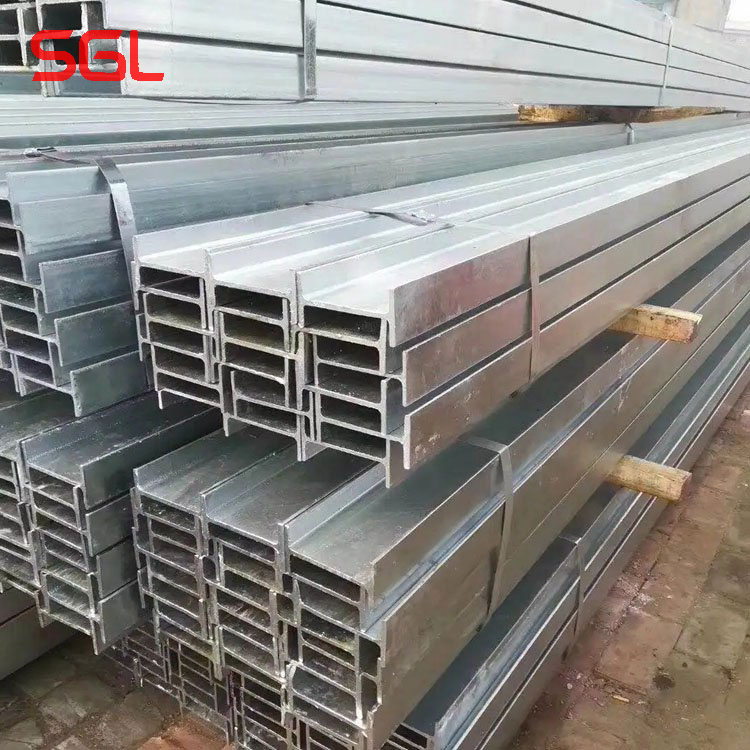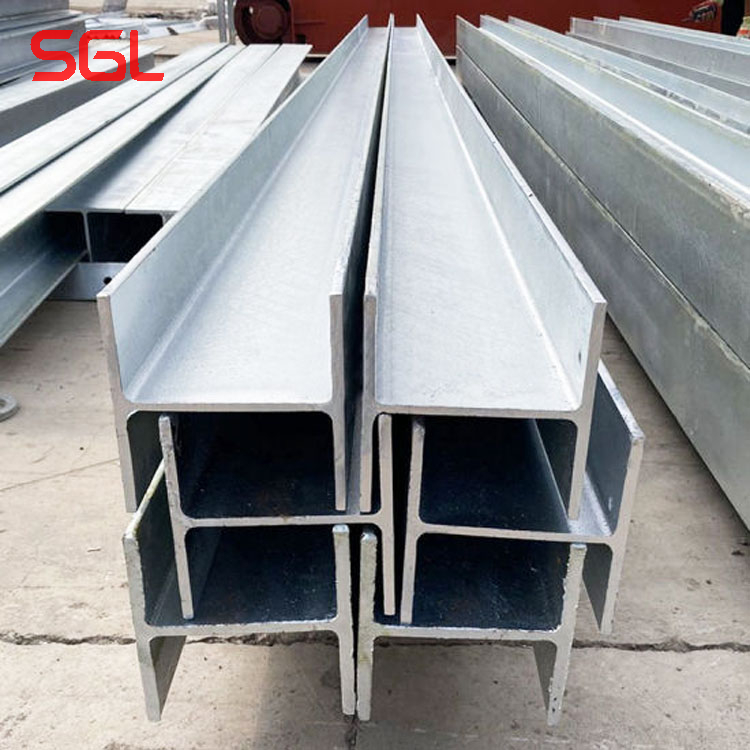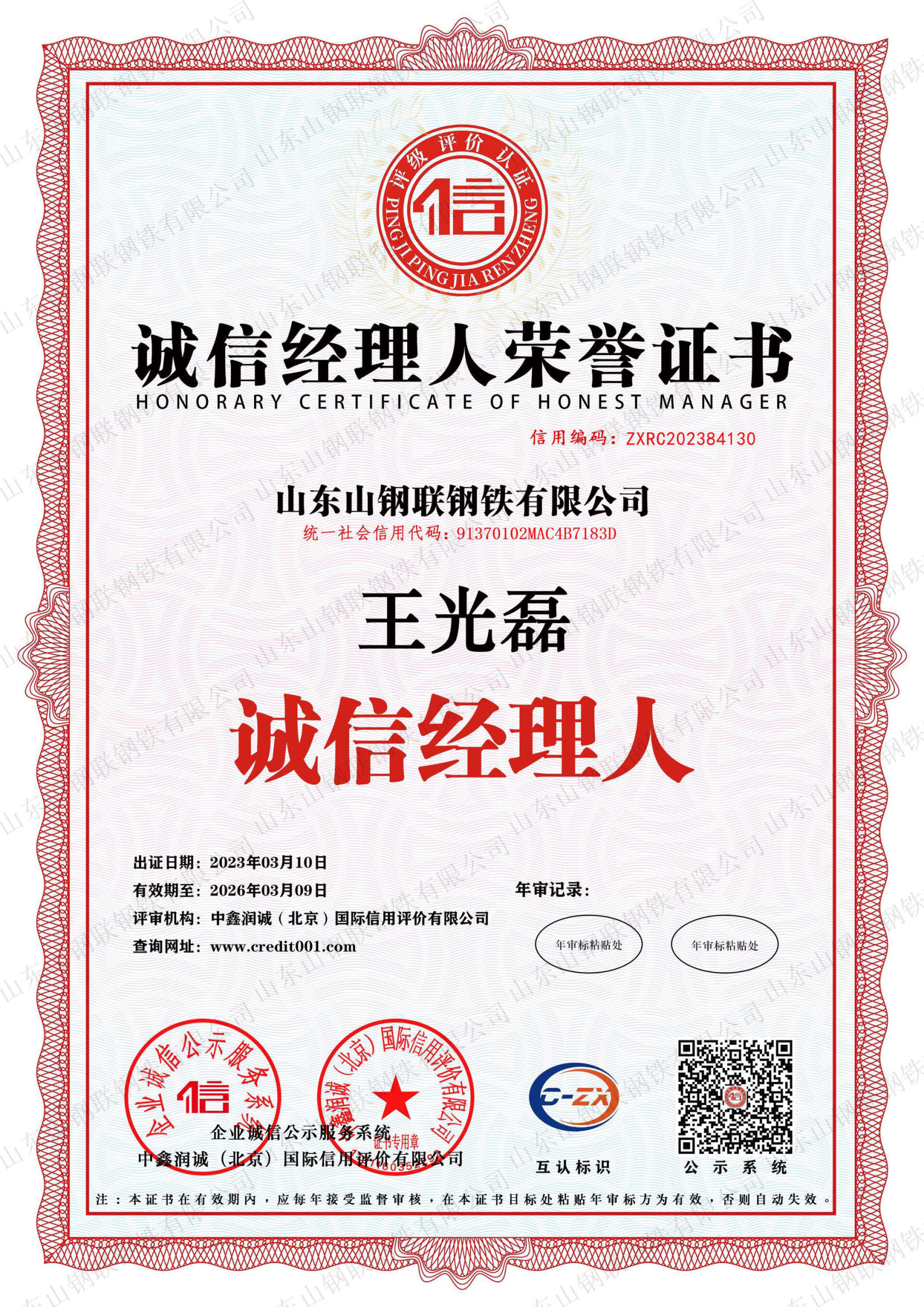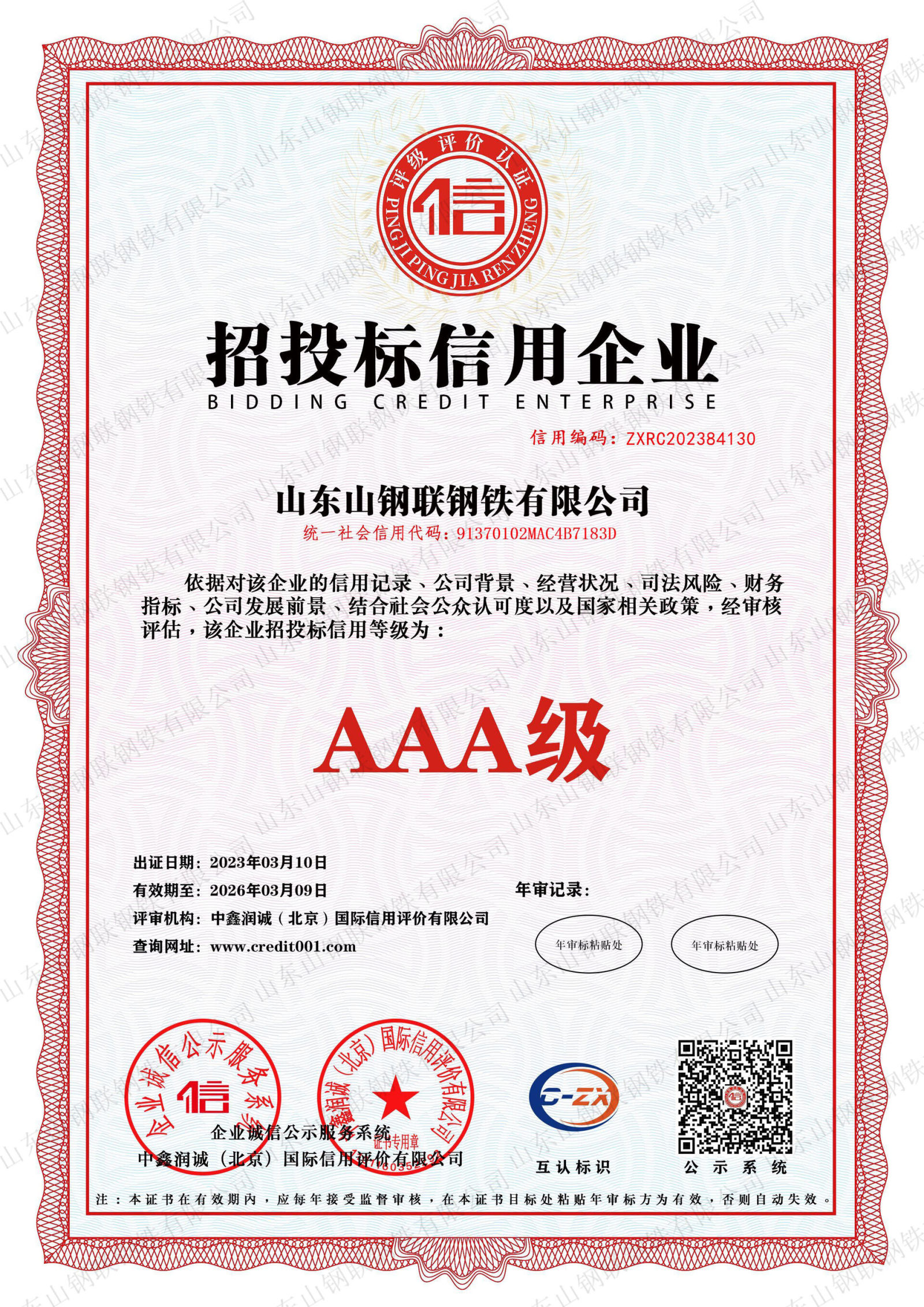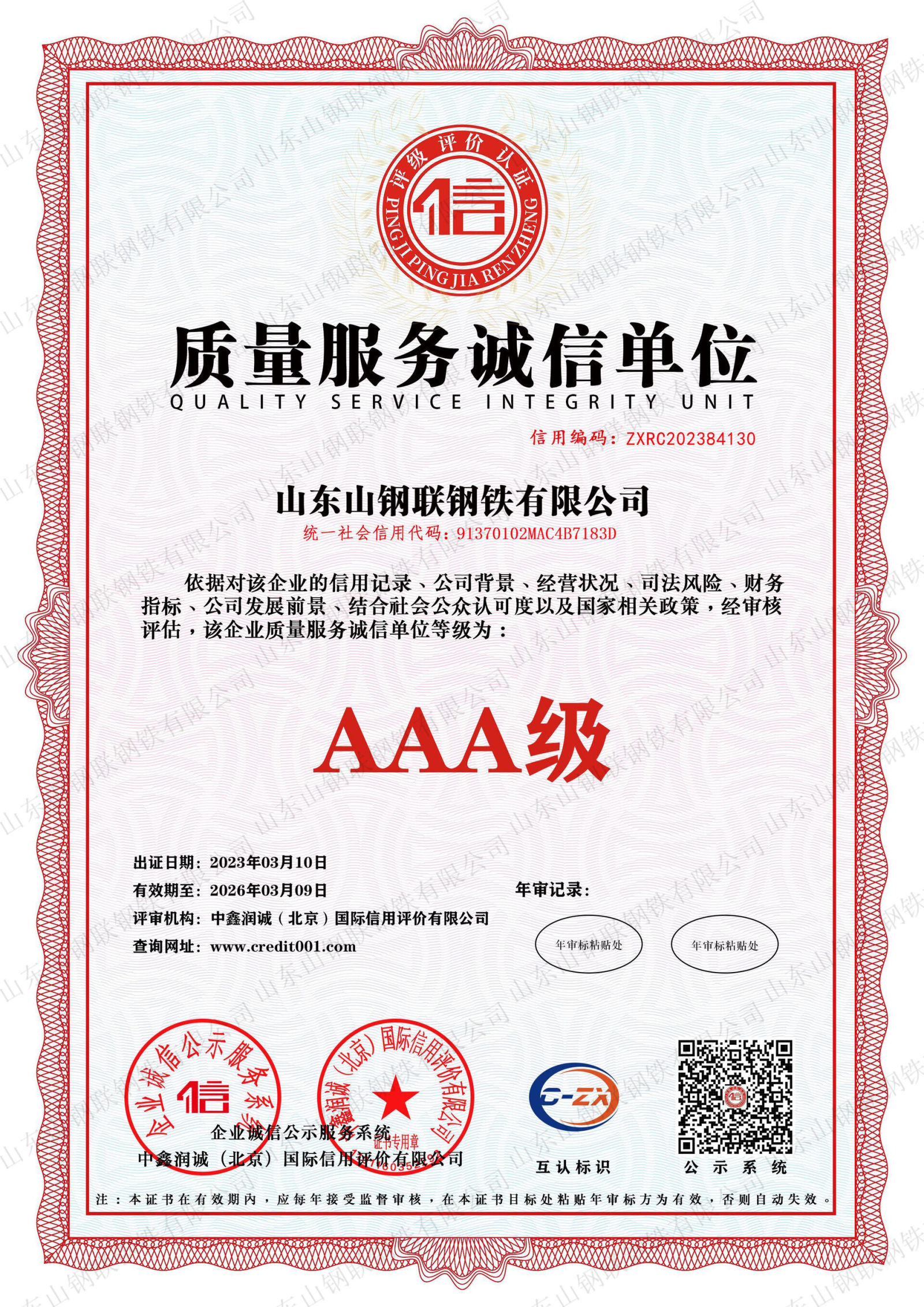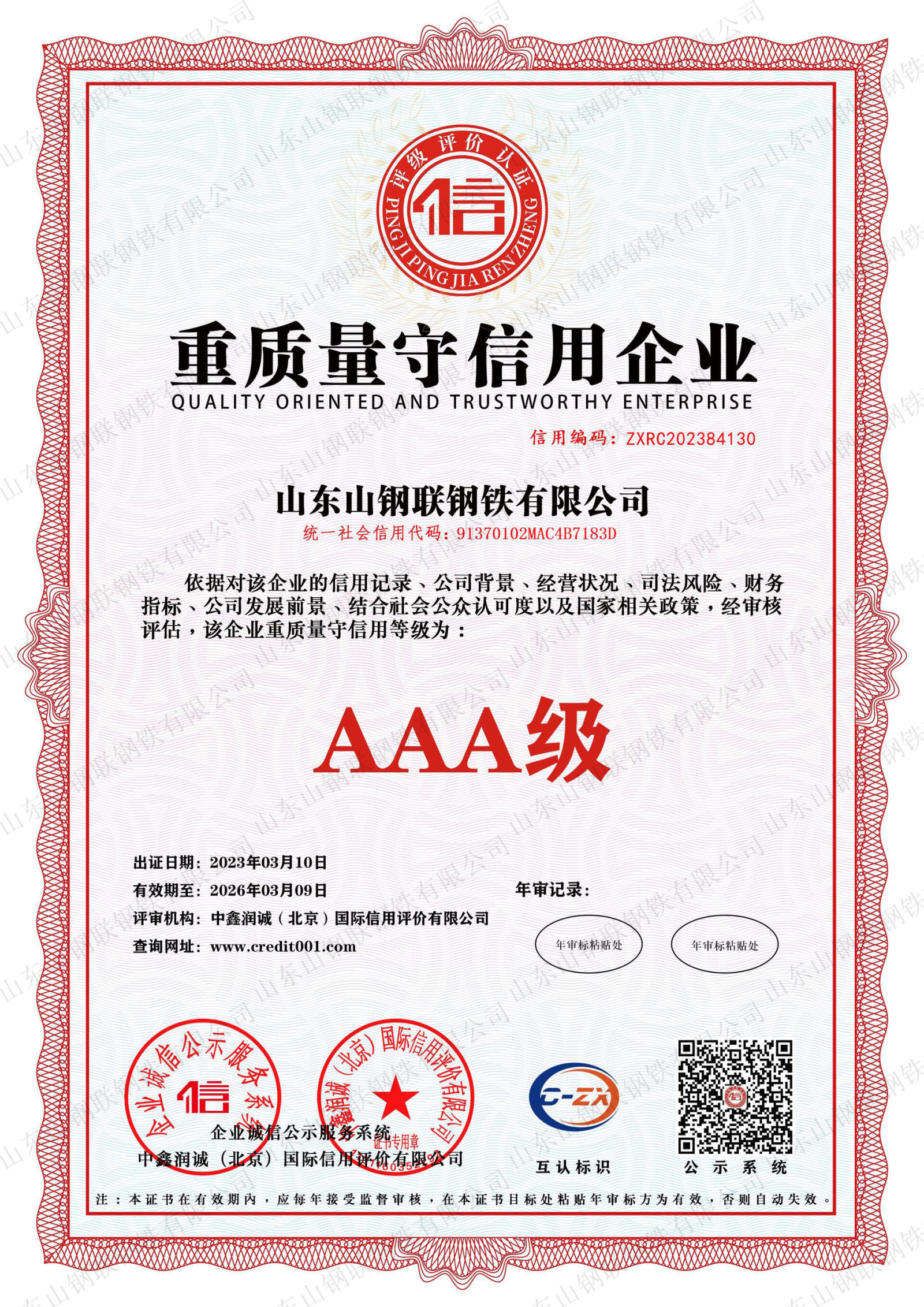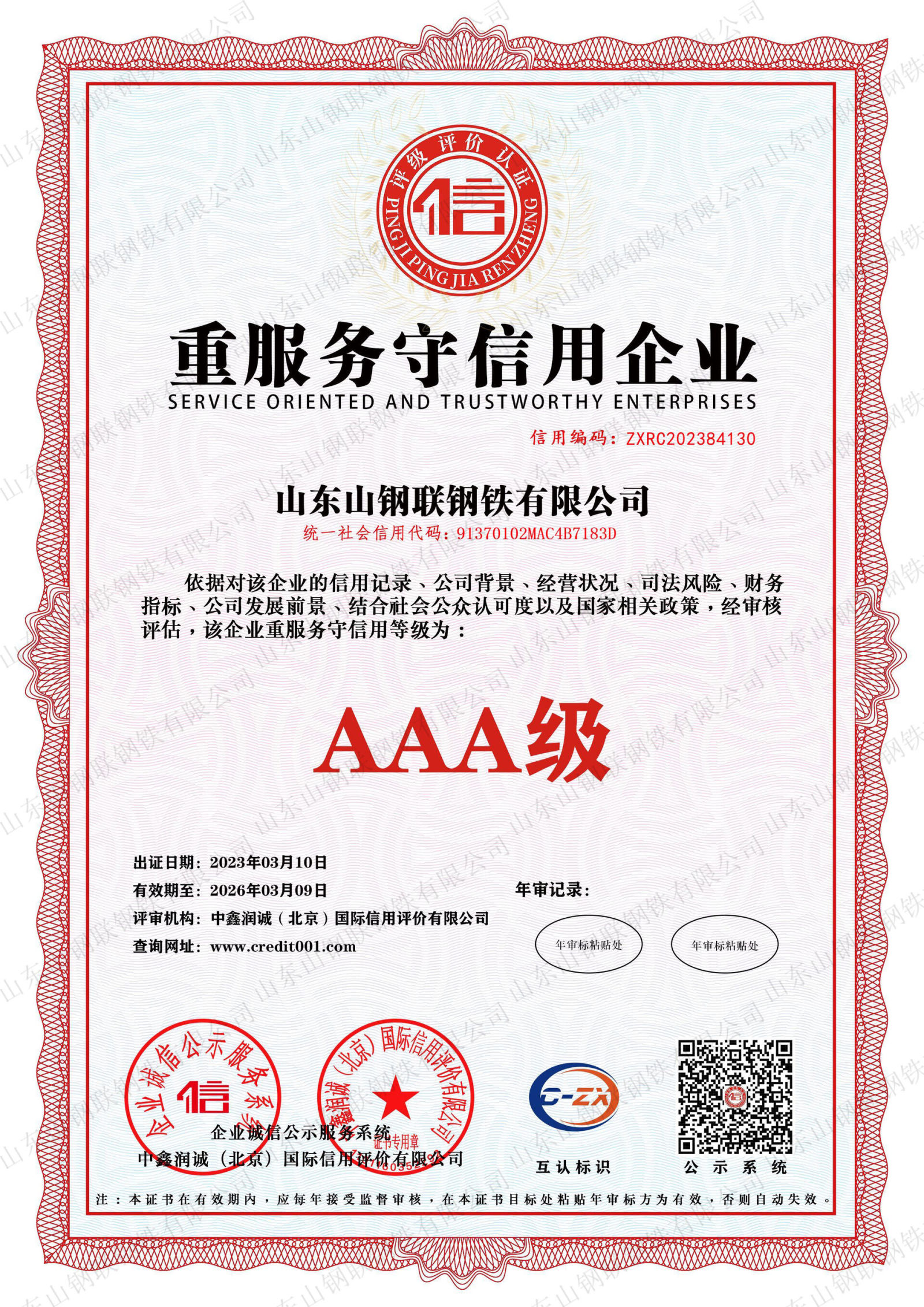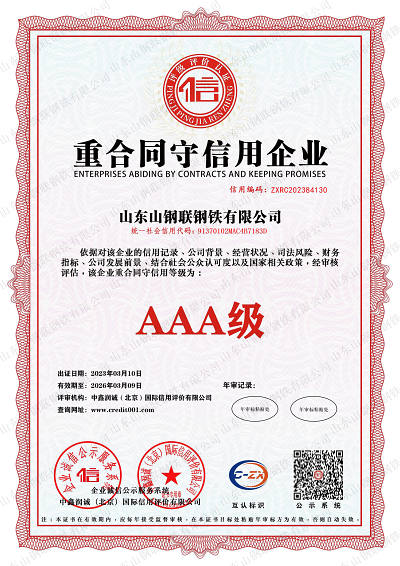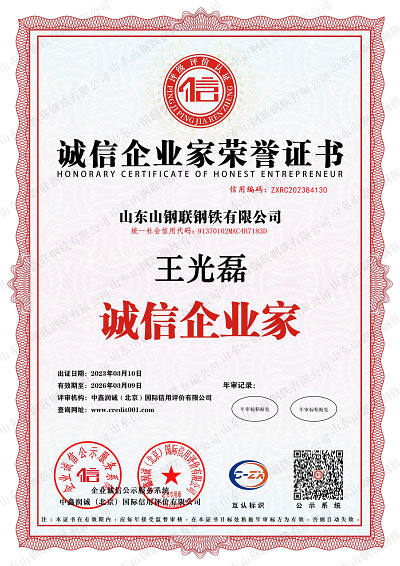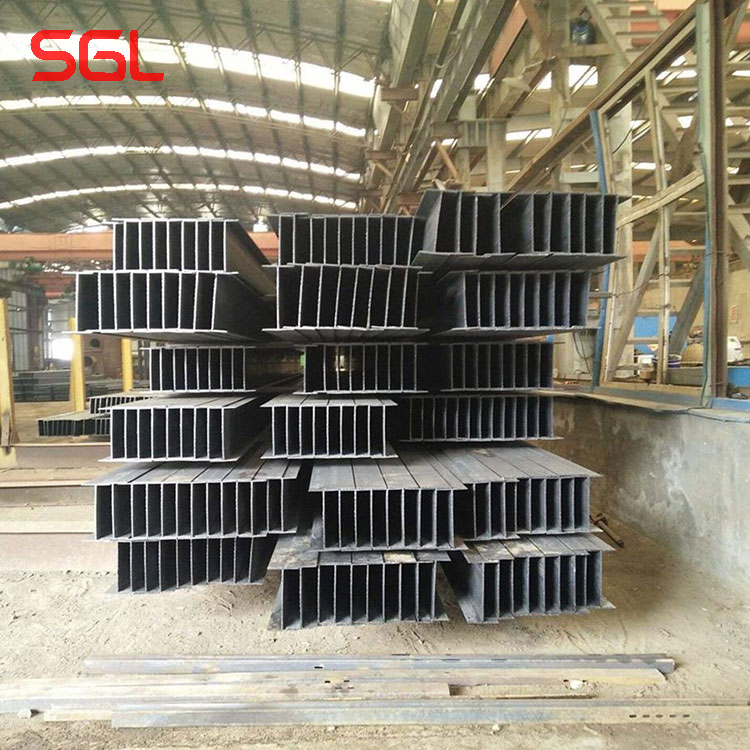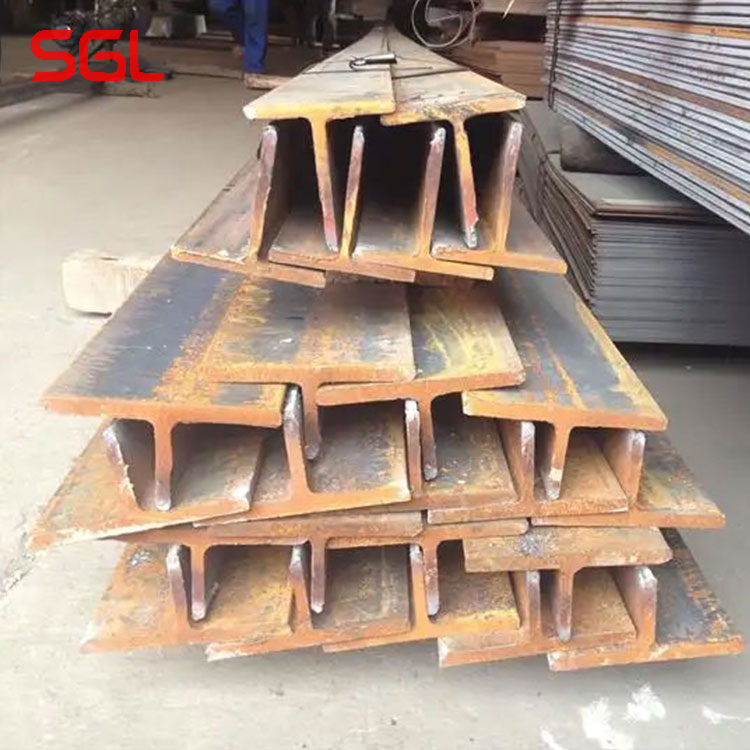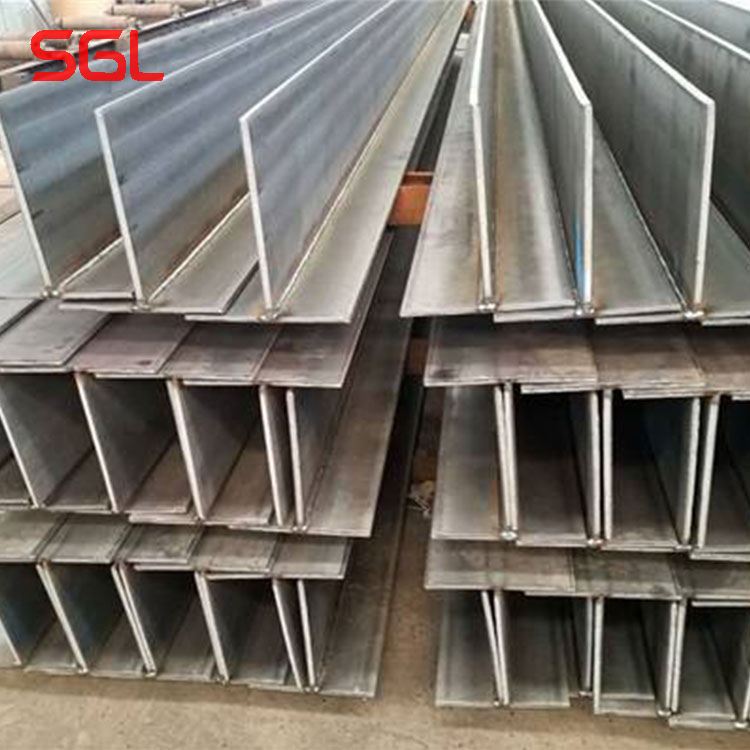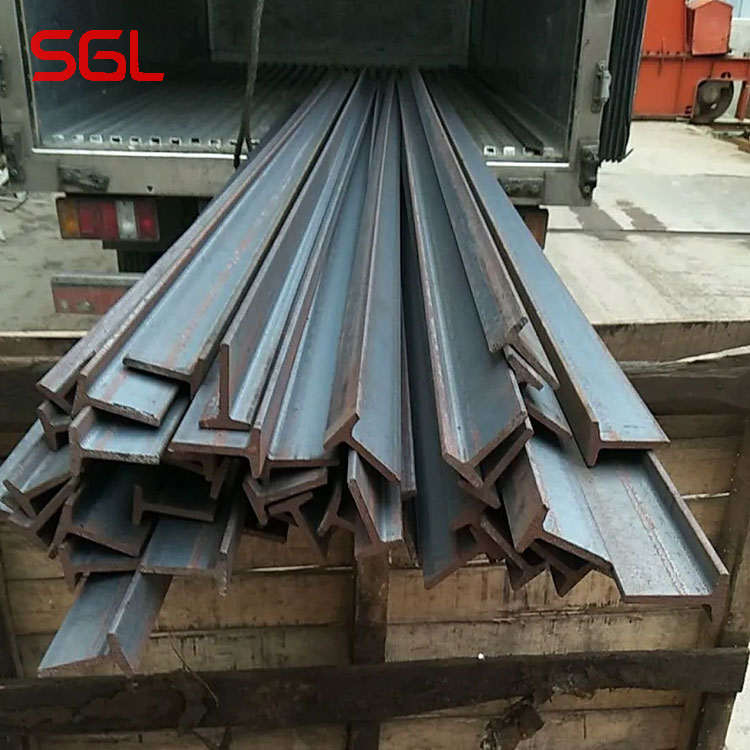
PRODUCTS
H-beam is an economical section and high-efficiency section with more optimized cross-sectional area distribution and more reasonable strength-to-weight ratio. The cross-section of H-beam usually includes two parts, the web plate and the flange plate, also known as the waist and the edge. Since all parts of H-beam are arranged at right angles, H-beam has the advantages of strong bending resistance, simple construction, cost saving and light weight in all directions, and has been widely used. The main materials of H-beam are Q235B, SM490, Q345, SS400, Q345B, etc.
H-beam Use
H-beam is an economical section steel, mainly used for beam and column members in industrial and civil structures.
◆Steel structure load-bearing brackets for industrial structures
◆Steel piles and supporting structures for underground works
◆Structure of industrial equipment such as petrochemical and electric power
◆Large-span steel bridge components
◆Ship and machinery manufacturing frame structure
◆Girder brackets for trains, cars and tractors
◆Port conveyor belt, high-speed baffle bracket
H-beam Classification
There are many product specifications of H-beam, and the classification methods are as follows.
(1) According to the flange width of the product, it is divided into wide flange H-beam (HW), middle flange H-beam (HM) and narrow flange H-beam (HN). The flange width B of wide flange and middle flange H-section steel is greater than or equal to the web height H. The flange width B of the narrow flange H-beam is approximately equal to one-half of the web height H.
(2) According to product use, it is divided into H-shaped steel beam, H-shaped steel column, H-shaped steel pile, and extremely thick flange H-shaped steel beam. Sometimes parallel leg channels and parallel flange T-beams are also included in the scope of H-beams. Generally, the narrow flange H-beam is used as the beam material, and the wide-flange H-beam is used as the column material.
(3) According to the production method, it is divided into welded H-beam and rolled H-beam.
(4) According to the size, it is divided into large, medium and small H-beams. Usually, products with a web height H above 700mm are called large, those with a height of 300 to 700mm are called medium, and those with a height of less than 300mm are called small. By the end of 1990, the world's largest H-beam had a web height of 1200mm and a flange width of 530mm.
Internationally, H-beam product standards are divided into two categories: the imperial system and the metric system. The United States, the United Kingdom and other countries use the imperial system, and China, Japan, Germany, and Russia use the metric system. Although the measurement units used in the imperial and metric systems are different, most of the H-beams use four dimensions to express their specifications, namely: the height of the web h, flange width b, web thickness d and flange thickness t. Although countries around the world express different H-beam size specifications. However, the size range and size tolerance of the products produced are not much different.




Chat Online
